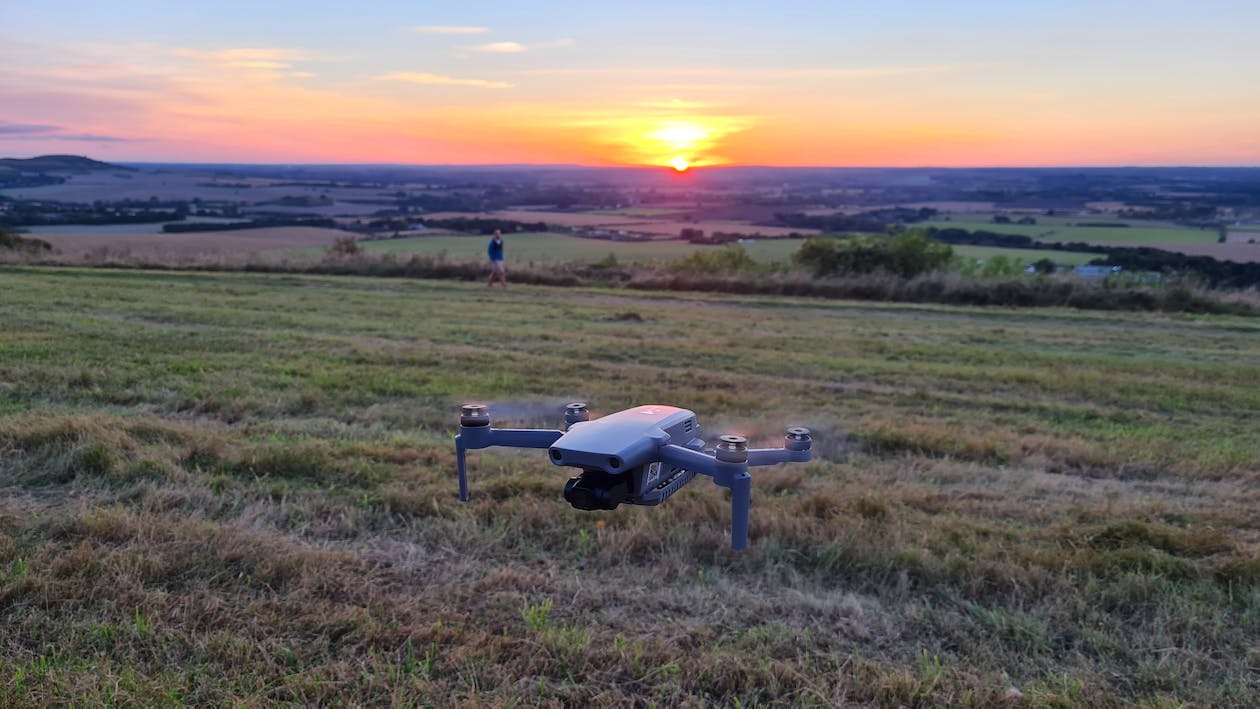Harnessing Digital Tools: A Tech-Driven Approach to Addressing Water Pollution
In a world fueled by technology, the battle against water pollution takes on a dynamic and tech-driven approach. Harnessing digital tools empowers you to actively participate in mitigating contamination risks, ensuring a cleaner, safer environment for all. These tech-enabled tools not only detect and monitor water contamination but also actively contribute to its prevention.
These tools provide you with the ability to monitor and analyze water quality in real-time, all at the touch of a button. The marriage of technology and your commitment to environmental responsibility is poised to reshape the landscape of water pollution control.
In this blog, we’ll explore how you can harness digital tools as part of a tech-driven approach to address water pollution effectively.
AI-Powered Analytics to Predict and Prevent Water Contamination
According to a study published in ScienceDirect, artificial intelligence (AI) and big data analytics (BDA) can revolutionize water resource management (WRM). These technologies enable real-time monitoring, efficient data analysis, and data-driven decision-making.
AI facilitates dynamic water quality prediction and optimal resource allocation, utilizing machine learning and deep learning algorithms. BDA extracts valuable insights from diverse data sources, including IoT devices and social media, enhancing the accuracy and efficiency of WRM. The integration of AI and BDA offers innovative solutions, promoting sustainable practices, ensuring water security, and safeguarding water ecosystems.
Owing to the lack of advanced technologies and authorities’ negligence, history has unfortunately recorded instances of unwarranted and infamous water contamination. An illustrative case is the Camp Lejeune water contamination, primarily resulting from governmental neglect.
Inadequate surveillance contributed to the pollution of the Camp’s water sources, leading to the onset of serious illnesses in individuals exposed to the contaminants. TorHoerman Law reports that these illnesses include conditions such as cancer, neurological disorders, birth defects, miscarriages, and more. Those impacted are currently pursuing legal recourse to secure rightful compensation.
The Camp Lejeune Justice Act, enacted in August 2022 and signed by President Biden, is a bipartisan legislation offering financial restitution. The bill aims to provide medical care and disability benefits to individuals impacted by the Camp Lejeune Water Contamination.
Robotics in Water Treatment to Automate Efficient Contaminant Removal
Advancements in water treatment technology are ushering in a new era with the integration of robotics. These automated systems efficiently remove contaminants, ensuring a proactive and streamlined approach to water pollution mitigation.
Incorporating robotics into water treatment processes streamlines contaminant removal, enhancing efficiency and precision. Automated systems can target specific contaminants, optimizing resource utilization associated with traditional treatment methods.
The integration of robotics into water treatment not only signifies technological progress but also introduces a cost-effective and sustainable approach to water pollution. As these automated systems become increasingly prevalent, they demonstrate the transformative impact of robotics in ensuring the purity and safety of our water resources.
Aerial Technology for Rapid Pollution Monitoring
In recent developments, researchers at Zhongkai University have taken a significant step forward in water quality monitoring. Through the development and testing of a UAV-mounted water quality sampling system, they have showcased its efficacy in a study published in MDPI.
The system meets the requirements of water quality sampling and monitoring processes and demonstrates superior mobility, safety, and cost-effectiveness when compared to existing methods. This research underscores the growing importance of aerial technology in revolutionizing water quality monitoring.
Aerial technology emerges as a key player in rapidly monitoring water pollution, thanks to innovations like UAV-mounted systems. These technologies offer unparalleled speed and efficiency in collecting vital water quality data. The agility of aerial tools enables them to swiftly cover vast areas, providing real-time insights crucial for managing water pollution challenges effectively.
The deployment of drones equipped with advanced monitoring systems not only accelerates pollution detection but also enhances overall surveillance capabilities. This tech-oriented strategy ensures a proactive response to environmental threats, marking a significant advancement in the ongoing efforts to address water pollution.
GIS Mapping to Visualize Water Contamination Hotspots
Digital tools like Geographic Information System (GIS) mapping are instrumental in visually identifying water contamination hotspots. This technology employs spatial data to create detailed maps, allowing for precise visualization of areas affected by pollution. GIS mapping offers a comprehensive overview, enabling quick and efficient decision-making in tackling water quality challenges.
Incorporating GIS against water pollution facilitates proactive measures by providing real-time insights. This tool transforms complex information into accessible visuals, making it easier to pinpoint contamination sources. By using GIS mapping, you gain the advantage of swiftly identifying water contamination hotspots.
The integration of GIS mapping into the broader digital toolkit is a strategic move toward a more informed approach. Beyond offering visualization, GIS facilitates the analysis of spatial patterns, aiding in the identification of potential risks. This technology enhances the efficiency of decision-makers, ensuring a proactive stance in combating water contamination and supporting sustainable water management practices.
Allied Market Research reveals that the global geographic information system (GIS) software industry is thriving. In 2022, the market reached approximately $6.3 billion, and by 2030, it is projected to reach $25.5 billion. This substantial growth underscores the increasing reliance on GIS mapping technologies to address complex issues such as water pollution.
Crowdsourced Vigilance
Crowdsourced vigilance stands out as a dynamic force in the fight against water pollution. Communities actively contribute to monitoring and reporting water quality through digital platforms, forming a decentralized network of environmental observers.
Engagement in this strategy involves citizens sharing real-time observations, concerns, and data related to water contamination. This collective effort empowers individuals to play an integral role in pollution prevention, ensuring swift responses to potential threats as they arise. The active participation of the crowd transforms ordinary citizens into valuable contributors to the ongoing battle for water resource protection.
The real strength of this method lies in its ability to create a widespread awareness network. By tapping into the knowledge and observations of diverse individuals, this digital tool fosters a shared responsibility for water quality.
In conclusion, the integration of digital tools in addressing water pollution marks a significant leap forward. From AI-powered analytics predicting contamination to aerial technology monitoring hotspots, technology is empowering us to safeguard water resources.
As you harness these digital tools, a tech-driven approach not only enhances efficiency but also offers innovative solutions for sustainable water management. The ongoing advancements provide hope for a cleaner, safer water future, emphasizing the pivotal role technology plays in the ongoing battle against water pollution.
Fobihe
As a seasoned business journalist, Fashion, and entrepreneur, Fobihe brings a wealth of experience to his writing about the world of commerce. Whether he’s analyzing market trends or interviewing industry leaders, his insights are always informed and insightful.







